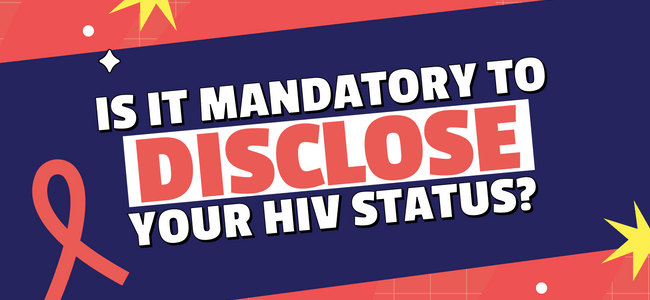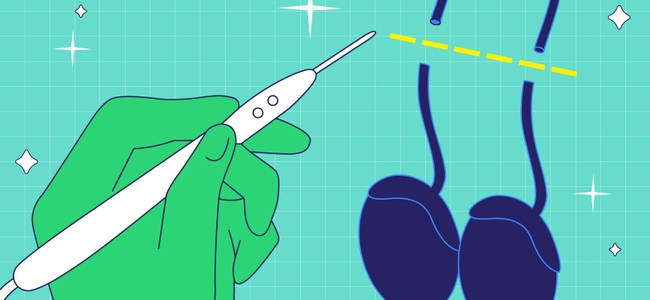What is a Vaginal Ring?
The Vaginal Ring, which is also known as, the ‘Vaginal Contraceptive Ring’, ‘ Birth Control Ring’ or the NuvaRing, is a small, bendable ring that a woman can insert in the vagina as a form of contraception. It is 4mm thick and has a diameter of 5.5cm.
It is worn for three weeks, then removed for one week, before starting on another cycle.
Vaginal Ring Effectiveness
With perfect use, the vaginal Ring will prevent pregnancy in 99 out of every 100 women. With typical use or the way most people use it, the ring prevents pregnancy in 93 out of 100 women [1].
How does a vaginal ring work?
The contraceptive ring contains estrogen and progestin, similar to the estrogen and progesterone hormones naturally found in a woman’s body. The ring releases the two hormones which are then absorbed through the wall of the vagina directly into the woman’s bloodstream.
The ring prevents pregnancy in two ways: it releases hormones that prevent ovaries from releasing eggs and thickens your cervical mucus to block sperm from getting to the egg. It protects from pregnancy for one month at a time [2].
Types of Vaginal Rings
There are two main types of Contraceptive Vaginal Rings: non-reusable and reusable Rings.
The non-reusable. Vaginal Ring is disposed of after using it for a single cycle. Examples are NuvaRing and EluRyng, which are prescribed for three weeks of usage.
The reusable Vaginal Ring is also used in the same way as the non-reusable one. However, once it is removed, after three weeks, it is washed with mild water and soap, dried, and stored for seven days. After the seven-day break, it is inserted back into the vagina. It has hormones that can be effective for one year, but that does not mean that it should not be removed for the year. After a year, it is disposed of in the same way that we dispose of the non-reusable ring. A good example is the Annovera contraceptive vaginal ring.


